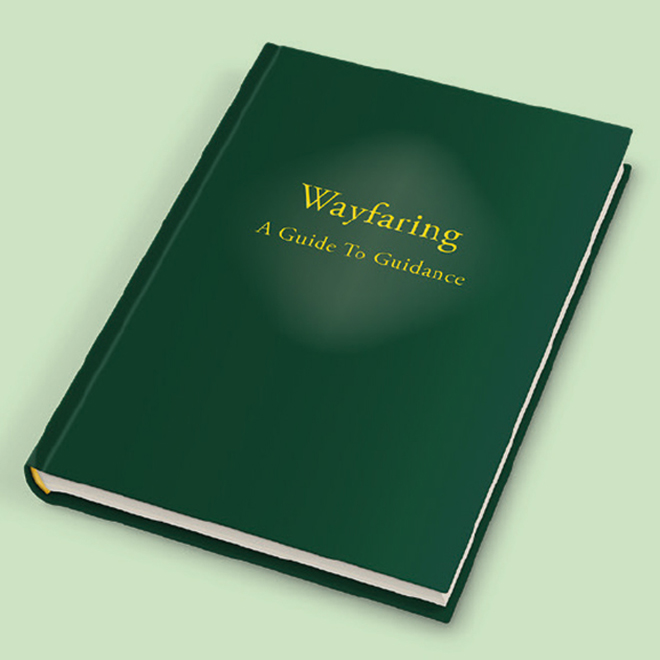Restorative justice: A ray of hope
Lynda Farrington writes about an inspiring Quaker event in Swindon
Robert Buckland, the Conservative MP for Swindon South, described the event as ‘the best public meeting I have ever attended’. It was full. It was business-like. It was factual. It was powerful – and it was Quaker-led. It was one of the most memorable events of late 2011 and it was about restorative justice. Tim Newell, the Swarthmore lecturer in 2000, was in the chair and outlined the principles. Tony Aldridge, a local restorative justice facilitator, explained the practice. Robert Buckland, barrister and MP, gave us overall figures and positive government plans. Crime victims told us of their experiences and staff from Thames Valley showed a range of uses for restorative justice.
